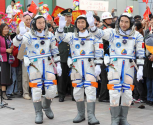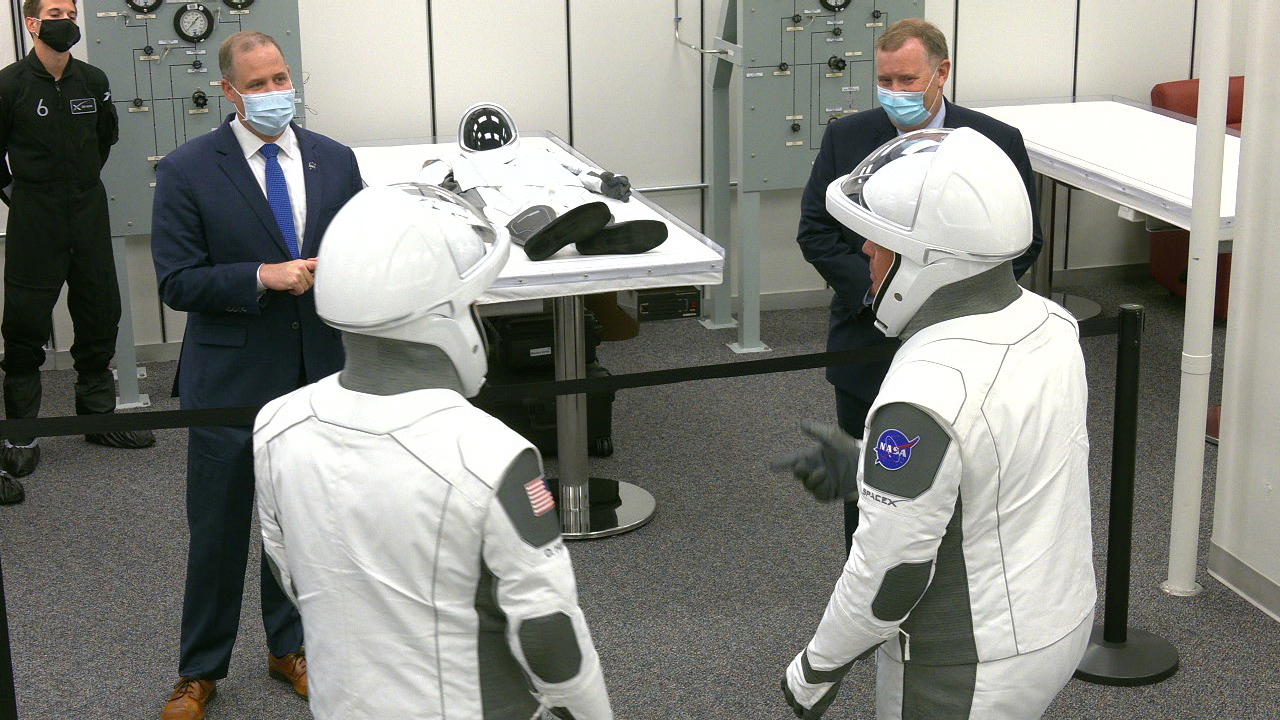the corruption in this case is not expressed in Russian inability to develop radiation hardened chips, although there is very likely corruption in that too. The corruption in this case is expressed in the fact that the lack of radiation hardened chips is probably being used as an cover for slow pace of satellite manufacturing and launching, when the real cause is very likely endemic self-dealing, embezzlement and graft.
NASA’s multiple direction changes actually has nothing to do with corruption. It has everything to do with it being a arm of the administrative branch of government that has the weakest patronage, and is most easily abused for the purpose of political grandstanding, unmatched by funding resolve, by any administration.
consequently it suffers from fickle funding and fickle political direction, and the need to increase its meager political patronage by spreading its network of subcontractors to almost everything congressional district.
Of the major US government agencies responsible for large high tech procurements, NASA is without a doubt the cleanest and least corrupt. US DOE and particularly department of defense procurement vastly surpass NASA in their levels of corruption.



